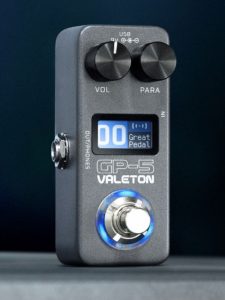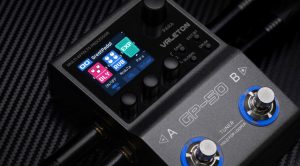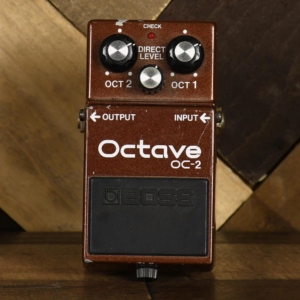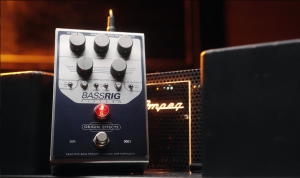A Precision Bass Evolution
Since its introduction in 1951, the Fender Precision Bass has defined the sound of electric bass. Designed by Leo Fender, it was the first mass-produced electric bass guitar and quickly became the standard for low-end players across multiple genres. Its simple, solid-body design, split-coil pickup, and unmistakable tone have been heard on countless records, from Motown grooves to punk rock punch and stadium-filling rock anthems.
The P-Bass is loved for its thick, focused low end, midrange growl, and playing comfort. Whether played with a pick or fingers, it holds the foundation of a mix like no other. Its presence in rock, blues, funk, reggae, pop, and country is undeniable.
But as much as the Precision Bass is revered, it’s not perfect. Limited tonal flexibility, 34” scale constraints, and string tension inconsistencies—particularly on the low B of a five-string—are areas where some players feel room for improvement. Enter the Dingwall Super P, a fresh take on the Precision concept that keeps the essence while addressing its limitations.
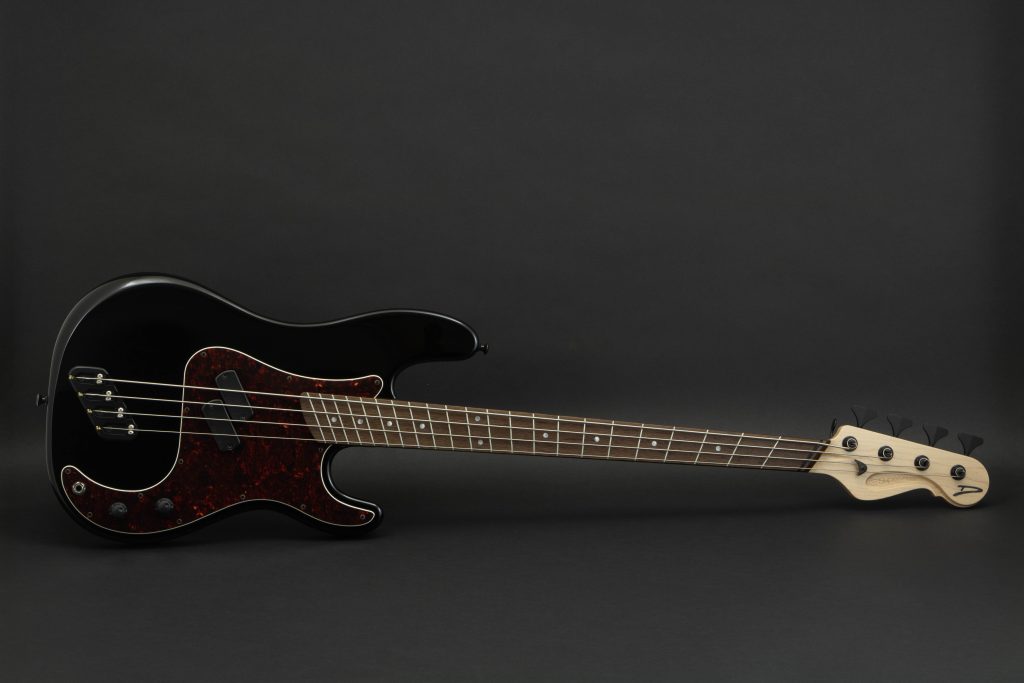
Dingwall Guitars is known for its fanned-fret, multi-scale designs, offering balanced tension and clarity across all strings. The Super P takes this innovation and applies it to the Precision-style platform, making it a fascinating alternative for P-Bass loyalists.
Multi-Scale Advantage
One of the biggest weaknesses of traditional 34” scale basses is the way low strings can sound less defined, particularly in drop tunings or extended-range models. The Super P solves this with a fanned-fret design, giving the low B a 36.25” scale length while keeping the G at 32”. This creates:
- Tighter, more consistent string tension across all strings
- Improved clarity, especially on lower notes
- Better tuning stability
For players used to a P-Bass, the transition is surprisingly smooth. The fanned frets might look intimidating at first, but the ergonomic feel becomes natural almost instantly.
Build Quality & Comfort
Dingwall is known for its exceptional craftsmanship, and the Super P is no exception. The bass feels lightweight yet solid, with great balance—something that some traditional P-Basses struggle with. The body contours are comfortable, and the neck is sleek without straying too far from the familiar P-Bass feel.
Tone: Precision, But More
The Super P retains that thick, authoritative Precision-style tone but enhances it in key ways:
- Dingwall pickups are voiced to maintain that classic split-coil warmth while offering greater note definition.
- The multi-scale design helps eliminate the sometimes “muddy” character of low notes.
- The bass reacts beautifully to different playing styles, making it more articulate in busy mixes without losing punch.
The extended scale length tightens up the low end, making five-string versions particularly useful for modern players who need a clear, usable low B.
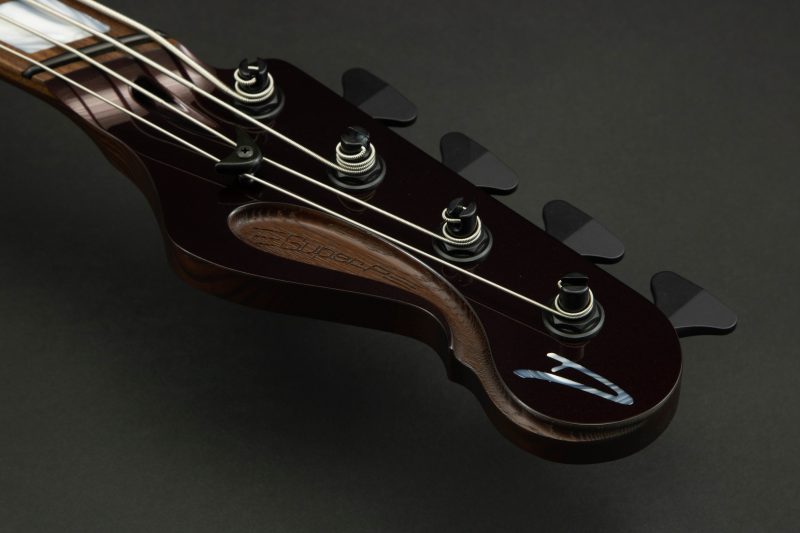
Can the Super P Be the Superior Choice?
For a die-hard P-Bass user, switching to something new can feel like a betrayal. However, the Super P doesn’t abandon the soul of a Precision—it refines it. If you love the simple, no-nonsense power of a P-Bass, but want better string tension, more defined lows, and top-tier build quality, the Super P makes a compelling case.
It’s not a radical departure; it’s an evolution. You get everything you love about a Precision Bass, but with modern upgrades that solve its most common limitations.
Pros and Cons
Pros:
✅ Classic Precision Bass feel and tone, but refined
✅ Multi-scale design improves string tension and clarity
✅ Incredible low B response for five-string players
✅ Lightweight and well-balanced construction
✅ Excellent craftsmanship and attention to detail
Cons:
❌ Fanned frets may take some adjustment for die-hard traditionalists
❌ Price point is higher than a standard P-Bass
❌ Limited availability compared to mass-produced alternatives
Final Thoughts
The Dingwall Super P is not trying to reinvent the wheel—it’s just making it roll smoother. It keeps everything great about the Precision Bass while fixing its traditional weak points. If you love the power, simplicity, and groove of a P-Bass but wish it had more consistency across all strings, the Super P is worth serious consideration.
Would a lifelong P-Bass purist switch entirely? Maybe, maybe not. But once you play a Super P, it’s hard to go back.

